When the Fire Fades: A Spicy Survival Guide to Hot Red Pepper Substitutes
Picture this: you're deep into a sizzling recipe, ready to bring some serious heat with your go-to hot red pepper. You open the fridge… and it's gone. Empty crisper drawer. No backup in the pantry. Cue the panic.
Welcome to the spicy side of life! Whether you’re a pro chef or just someone who likes to turn up the flavor (literally), there are times when you need a solid hot red pepper substitute. Fear not — this isn’t a kitchen emergency; it’s an opportunity to explore new horizons!
Table of Contents
- Why Hot Red Peppers Matter in Cooking
- Top 10 Hot Red Pepper Substitutes for Every Situation
- Flavor & Heat Comparison Table
- How to Substitute Like a Pro Chef
- Pro Tips: Mastering Spice Swaps
- When to Avoid Substitutions
- Spice Up Your Life: Final Thoughts
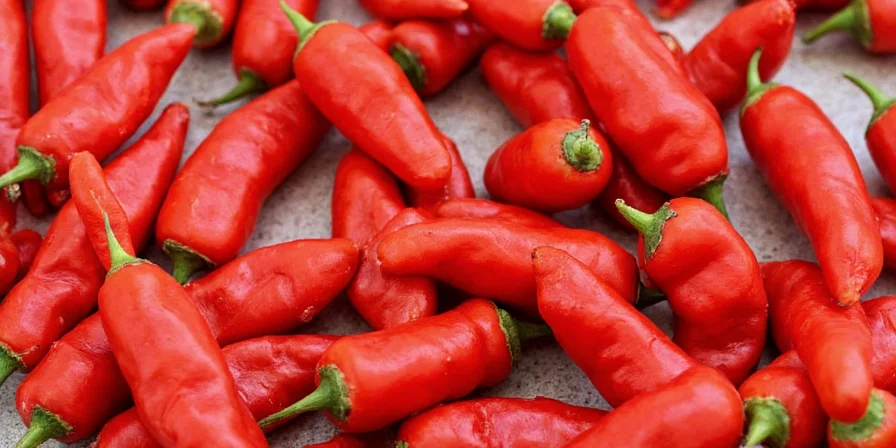
Why Hot Red Peppers Matter in Cooking
Hot red peppers aren’t just about the burn — they add depth, complexity, and character to dishes across the globe. From smoky to fruity, floral to earthy, each variety contributes more than just Scoville units. They can be the soul of a stew, the backbone of a curry, or the zing in your zesty salsa.
But what happens when your recipe calls for them and they’re nowhere to be found? Panic is optional. Ingenuity is mandatory.
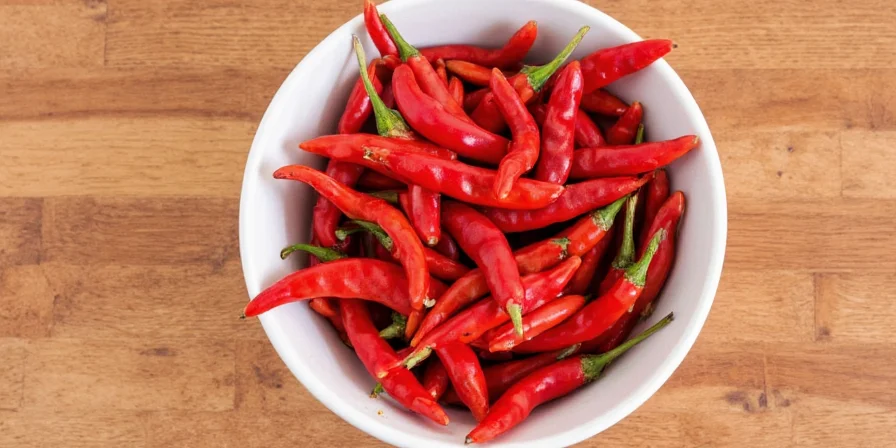
Top 10 Hot Red Pepper Substitutes for Every Situation
Here’s your survival kit — a list of 10 substitutes that will keep your dish burning bright:
- Cayenne Pepper: The powdered firestarter. Perfect for spice blends and rubs.
- Fresno Peppers: Mild but spicy with a sweet kick. Great in sauces and salsas.
- Jalapeños: Milder than most red peppers but still pack a punch. Ideal for stuffing or pickling.
- Hatch Chiles: Varies in heat level. Excellent roasted or chopped into soups.
- Serrano Peppers: Bright, sharp, and surprisingly bold. Add to tacos or ceviche.
- Thai Bird’s Eye Chili: Tiny but mighty. Use sparingly in curries and stir-fries.
- Poblano Peppers (Dried as Ancho): Smoky and mild. Perfect for mole or stews.
- Shishito Peppers: Mostly mild, sometimes spicy. Grilled and salted, they’re a treat.
- Ghost Pepper (Bhut Jolokia): Not for the faint of heart. Only if you want extreme heat.
- Red Pepper Flakes: Grocery store staple. Versatile and easy to use.
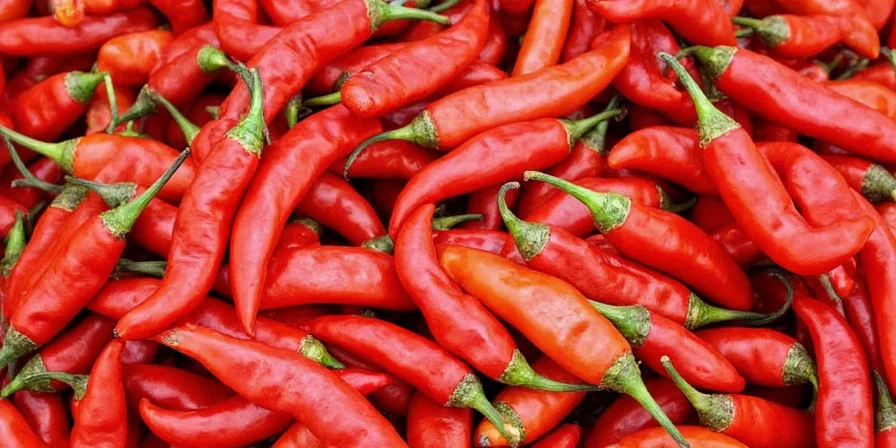
Flavor & Heat Comparison Table
| Pepper / Substitute | Heat Level (SHU) | Flavor Profile | Best For |
|---|---|---|---|
| Hot Red Pepper (Cayenne) | 30,000–50,000 | Sharp, fiery, slightly earthy | Dry rubs, marinades |
| Cayenne Powder | 30,000–50,000 | Concentrated spice, no crunch | Spice blends, chili oil |
| Fresno | 2,500–10,000 | Sweet, crisp, moderately spicy | Salsas, burgers |
| Jalapeño | 2,500–8,000 | Grassy, tangy, juicy | Stuffed, sliced, or pickled |
| Serrano | 10,000–23,000 | Peppery, crisp, zesty | Mexican dishes, raw salsas |
| Thai Bird’s Eye | 50,000–100,000 | Floral, pungent, blazing | Curries, noodles, soups |
| Ancho (Dried Poblano) | 1,000–2,000 | Smoky, raisin-like sweetness | Mole, braises, soups |
| Ghost Pepper | ~1,000,000 SHU | Intense, punishing heat | Chili contests, dares |
| Red Pepper Flakes | Variable | Crunchy, versatile heat | Pizza, pasta, soups |
| Shishito | ~500–2,000 | Mild, buttery, occasionally spicy | Appetizers, grilling |

How to Substitute Like a Pro Chef
Substituting peppers isn't just about matching heat levels — it's about understanding how different peppers contribute to texture, moisture, and aroma. Here's how to master the art of swapping:
- Match the Flavor First: If your recipe calls for dried, smoky red chilies, don’t reach for a jalapeño. Think like a flavor detective.
- Adjust Quantities Wisely: Not all heat sources are created equal. Ghost pepper ≠ jalapeño. At all. Use a scale if needed.
- Use Dried vs Fresh Strategically: Dried peppers offer deeper, richer flavors, while fresh ones add brightness and crunch.
- Don’t Forget the Seeds: Most of the heat lives in the seeds and membranes. Want more fire? Leave them in. Want control? Remove them.
- Taste as You Go: Especially with potent substitutes like cayenne powder or Thai chilies, taste-testing saves meals from turning into masochistic experiments.
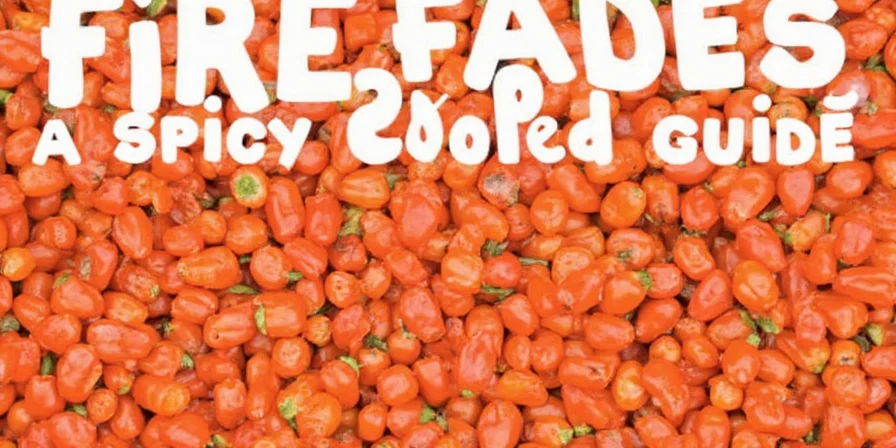
Pro Tips: Mastering Spice Swaps
- Freeze It: If you find a bunch of hot red peppers at a discount, freeze them whole. Thaw and chop later — they’ll still work great in sauces.
- Make a Paste: Blend roasted peppers with vinegar, garlic, and oil for a customizable paste that keeps well.
- Toast Before Using: Toast dried chilies before grinding or rehydrating. It unlocks complex, nutty notes.
- Balance Is Key: Counterbalance intense spice with sugar, acid (lime juice), dairy (yogurt), or fats (avocado).
- Label Your Blends: If you make a custom spice mix, label it with heat level and best-use date. Trust us, future-you will thank present-you.
When to Avoid Substitutions
While substitutions are often lifesavers, some recipes demand precision. Here’s when to stick to the original:
- Braising or Slow-Cooking Dishes: Specific peppers can alter flavor profiles dramatically over time.
- Traditional Regional Recipes: Authenticity matters in cuisines like Oaxacan mole or Szechuan hot pot.
- Baking with Spices: Heat and chemical reactions during baking require specific spice behavior.
- Preservation Recipes: Pickles, ferments, and hot sauces rely on particular pH levels and microbial balances.
Spice Up Your Life: Final Thoughts
Substituting hot red peppers doesn’t have to be a culinary crisis. With a little know-how and a dash of daring, you can rescue your meal and maybe even discover a new favorite flavor combo. Remember: cooking is part science, part art, and mostly about having fun with fire.
So next time you’re staring into an empty pepper drawer, don’t sweat — spice up your strategy instead!
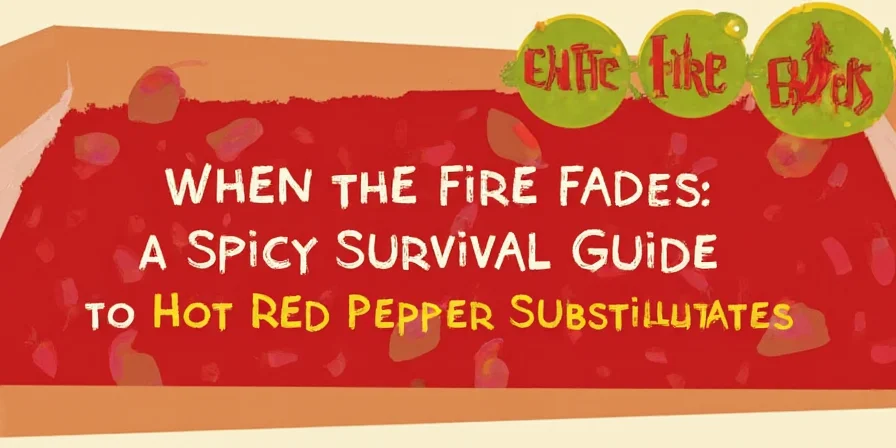
Summary Box: Hot Red Pepper Substitute Essentials
- Know your heat scale: SHU matters.
- Flavor profile > pure heat most of the time.
- Keep common substitutes like cayenne, serranos, and pepper flakes handy.
- Toasting, roasting, and pastes unlock hidden flavors.
- Label your homemade blends for clarity and consistency.

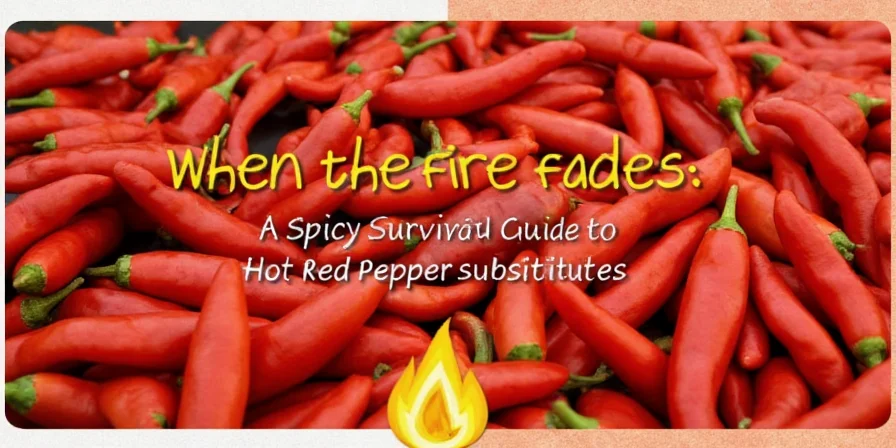









 浙公网安备
33010002000092号
浙公网安备
33010002000092号 浙B2-20120091-4
浙B2-20120091-4